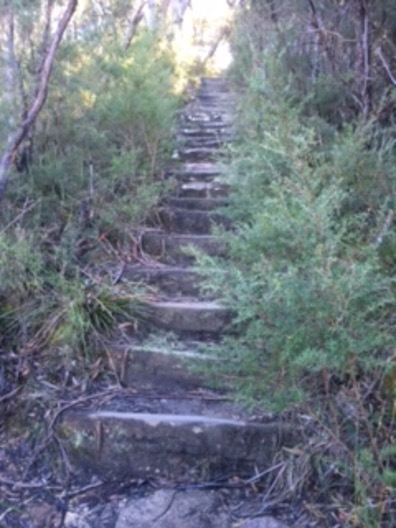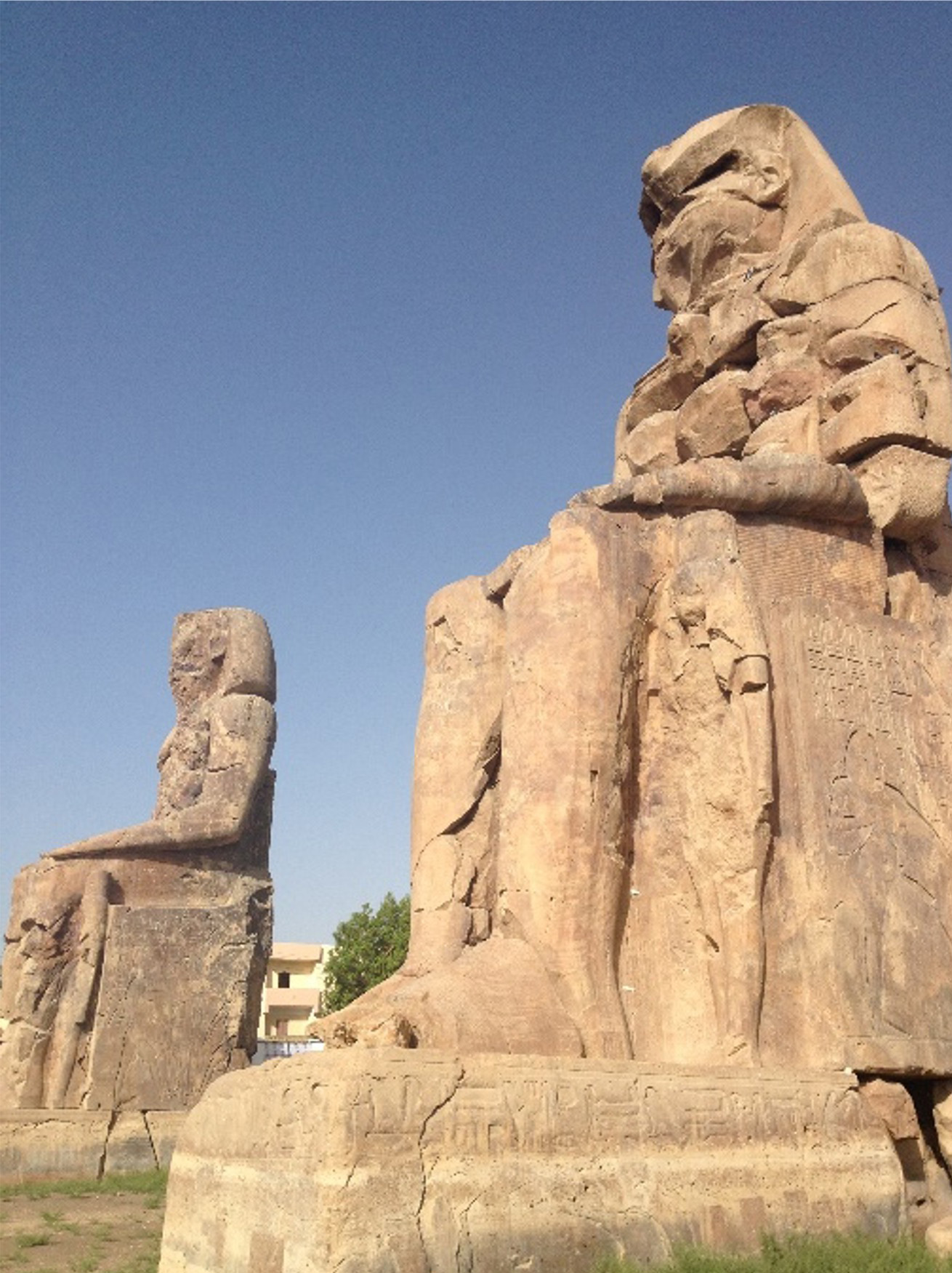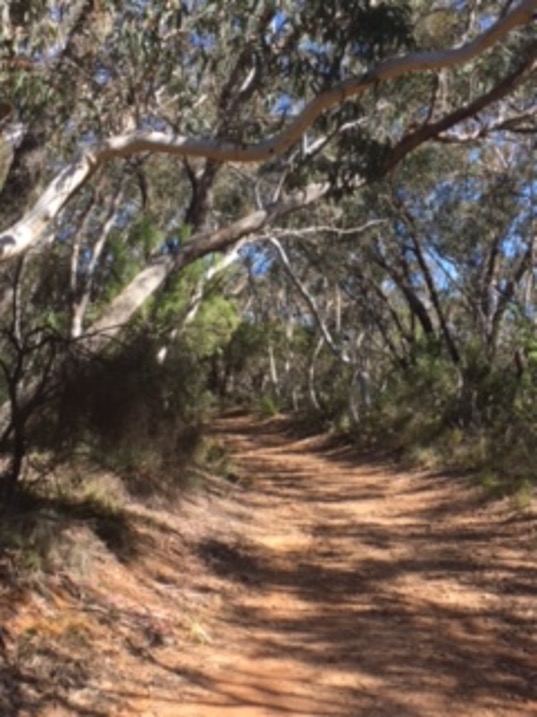While we can’t actually ‘kick back’ and relax, it is time to ease the strain on our work with students, and on ourselves.
Poetry and all that
Poetry is one of those aspects of English that can really be delved into in the closing weeks of the year, as things start to wind down. Poetry is for enjoying, relaxing with, and exploring.
There are two previous poetry blogs on this site.
- The first was in anticipation of ‘World Poetry Day 21 March 2021’, and there were lots of ideas for poems to read, listen to, and write, specifically for rainy days – could be useful for the next few days.
- This was followed up by ‘Three Resources for August’, which includes a section called ‘Poetry Week things to do’, all of which can be done at any time.
I introduced, then elaborated on, Red Room Poetry’s website, and its innovations.
Poem Forest
One of these innovations, a competition with a conservation theme called Poem Forest, has just ended. The winners were announced on 23 November at the Red Room Poetry presentation ceremony. Here, some of the prize-winners read their poems, and the speakers provided an update on the trees that have been planted in the Poem Forest at the Botanic Garden.
ABC RN Breakfast featured Clodia S., one of the winners, reading her poem in the regular poetry reading on Friday 26 November, 2021. You can hear the reading at the ABC Breakfast site here.
Links to the background to Poem Forest and its development are in this Resources section. Included are Australian Curriculum outcomes for both English and Science that can be addressed in this work.
The ‘Forest’ is part of a plan to create a real forest of 15,000 trees over three years. You and your students can be part of it in 2022 by becoming familiar with this innovation now.

Reference materials for Poetry
The Primary English Teaching Association Australia has just published an excellent resource for teaching and enjoying poetry in K (F) – 6, Teaching Poetry for Pleasure and Purpose, by Sally Murphy (PETAA, 2021).
The book includes ideas for every grade, and there are online resources which support the book.
Teaching Poetry for Pleasure and Purpose extras
Supplementary resources for Teaching Poetry for Pleasure and Purpose with poetry online and in social media, and relevant content descriptions for the book from the Australian Curriculum: English
There are lists of books in the other blogs.
How to explore poetry
The best way to get good at teaching poetry is to get to know the field by reading poetry. Often.
- Read poetry yourself. Read silently the first time, then aloud, several times. Notice the way the words feel in your mouth as you say them. Notice how the meaning shifts as the words, phrases, images and metaphors become familiar.
- Revisit poems you remember from school – see how these memories stay? Give your students that experience too.
- Read a poem every day to your students. Read long ones, old ones, new ones, ballads and narratives from different cultures.
- Read short, sharp, easy ones. Read hard ones.
- Read evocative ones – ‘The Eagle’ by Alfred, Lord Tennyson.
Read for the sheer pleasure of listening to the words, the rhythm, the story, the imaginative use of language. Don’t study them all, just read poems.
Some clever poets – they are just people after all
Pretty much all I remember from my own Year 5 was poetry. Our teacher presented us with ideas and experiences through dozens of poems. We became familiar with Samuel Taylor Coleridge through studying sections of ‘The Rime of the Ancient Mariner’ for an eisteddfod. Much of the excerpt has stayed with me, and has sent me back into the poem repeatedly since; the metaphor of the ‘rime’ escaped me then.
Read the whole thing to Stage 3. You’ll have to act a bit as you say many of the lines – eg
‘Hold off! unhand me, grey-beard loon!’
It’s a fine model for innovating upon, depending on the circumstances.
Then there’s the story of Coleridge writing ‘Kublai Khan’, in 1797, in response to a dream, possibly medication-induced, and being interrupted before he could finish by a visitor. He couldn’t recapture the dream, and the poem remained unfinished. (Read about it here). In 1972 Stevie Smith wrote a poetic comment on the ‘Person from Porlock’ who interrupted.
Percy Bysshe Shelley’s world of ‘Ozymandias’ (1818) was suddenly real when I came across the ‘vast and trunkless legs’ of an ancient Egyptian king, Ramses II – at Luxor in 2015.
‘Look on these works, ye mighty, and despair’.
You can read the background to that poem here.
Poems provide indelible images, and frequent repetition ensures the words flow, as every poet intends. There is the joy of recognising a reference somewhere else, because the image, the meaning, the context is so widely appreciated.
Like the albatross around the neck, punishment for that ancient mariner, or the works of the mighty, or
loving a sunburnt country, or
what you plan to do with your one wild and precious life
(Mary Oliver)

The torsos, heads and arms of these statues have been put together almost randomly, trying to make some sense of the remains.
Here are the names of some people who have written/are writing poetry.
Les Murray
Elizabeth Honey
Michael Leunig
Oodgeroo of the Noonuccal
Stephen Herrick
Lyn Reeves
Mary Oliver
Walter de la Mare
Dorothea Mackellar
Kevin Gilbert
Derek Walcott
Kev Carmody
Judith Wright
Marya Zaturenska
Eaven Boland
Maram al-Massri
Hilaire Belloc
Ali Cobby Eckermann
Ted Kooser
e e cummings
C.P. Cavafy
Paul Kelly and Ziggy Ramo on ABC TV
Billy Collins
Nikki Giovanni
Christina Rosetti
Kamau Braithwaite
Bruce Dawe
C.J Dennis
Jenny Boult
Federico Garcia Lorca
Wislawa Szymborska
Robert Frost
Philip Larkin
Jesse Oliver – Australian Poetry Slam champion 2017
Maya Angelou
Jack Davis
As you explore the world of words in poetry –
Hope your road is a long one.
C.P Cavafy, from Ithaka






